Understanding Your Strides: Gait Analysis Explained
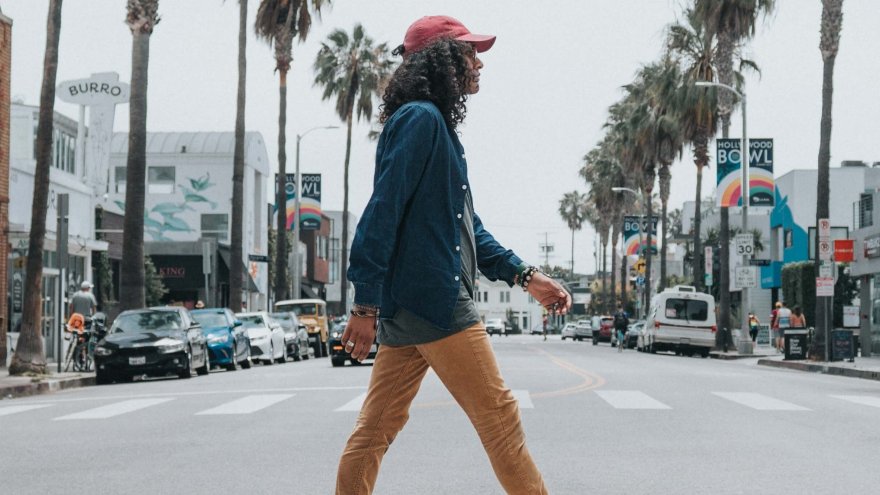
Aristotle (born in 384 B.C.) was a trailblazer not only in philosophy as he is well known for, but he also made significant contributions in the fields of physics, medicine, biology, botany, metaphysics, logic, politics, and even agriculture. He was one of the first pioneers to explore scientific gait analysis in his book called ‘On the Gait of Animals’. In his book, he studies the gait of animals and their unique differences. Some animals move their whole body at once in movement (like a jumping frog or kangaroo) and some move one part at a time in movement (like a walking centipede or running human). It’s an interesting subject that has captured the fascination of many a scientific, medical, and athletic mind.

In the world of sports, gait analysis is a scientific method in which cutting-edge technology and a physical therapist or health professional are used to identify the biomechanical abnormalities in your gait cycle. In short, they assess the way that you walk or run. As a part of a comprehensive assessment of your running style, athletic capabilities and where you have room for improvement, a professional gait analysis is crucial for any competitive running athlete.
What is Gait?
Gait is the manner in which an animal uses its limbs to move its whole body across a surface or from point A to point B. Since we humans are bipedal (we only use two legs), this movement is in a standing position, and the movement is usually walking or running. So our gait is how we walk or run.
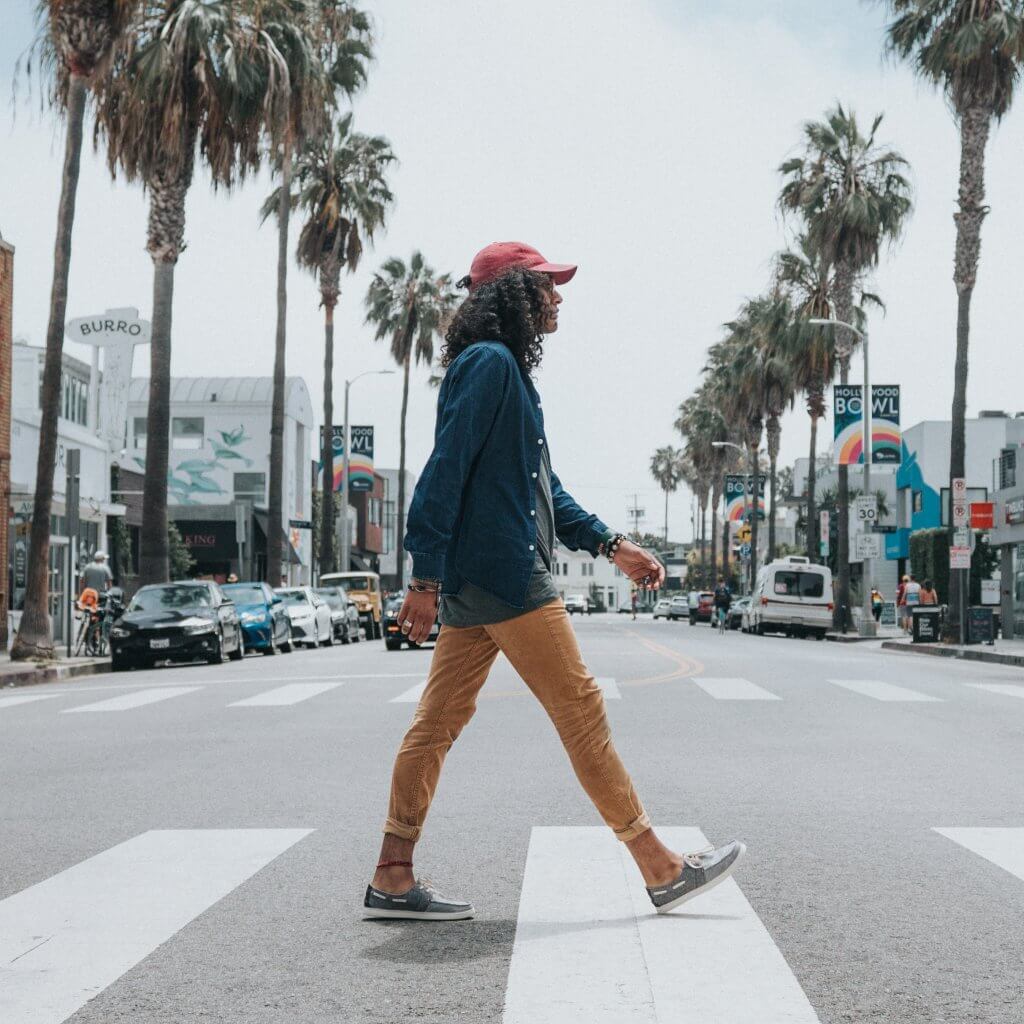
What is a Gait Cycle?
A bipedal gait cycle is the sequence of events we make in taking a stride (gait cycle is really just another word for stride). A gait cycle is the time period from when your foot leaves contact with the ground to when that same foot returns to have contact with the ground.
The Gait Analysis Process
The most common method of analyzing your gait cycle is having you walk or run on a treadmill. While you are walking or running, a professional podiatrist or physiotherapist carefully watches how you move and a video recorder simultaneously films your movements. The video can then be replayed in slow motion, and specific movements can be highlighted in freeze frames. What they are looking for is to see how your foot strikes the floor (footstrike), how your foot and ankle roll too far inwards or too far outwards (overpronation or excess supination), if your hip lifts or “hitches”, if your pelvic tilts, or if there is limited movement in any specific muscle or area. They are assessing your walking or running style to identify if you have any biomechanical abnormalities in your movements. The information that a trained professional can glean from a gait analysis session is invaluable to an athlete. A gait analysis can get as complicated as infrared cameras and high tech equipment in a true gait analysis laboratory, or as simple as having your fitness coach film you while running and going over it together.
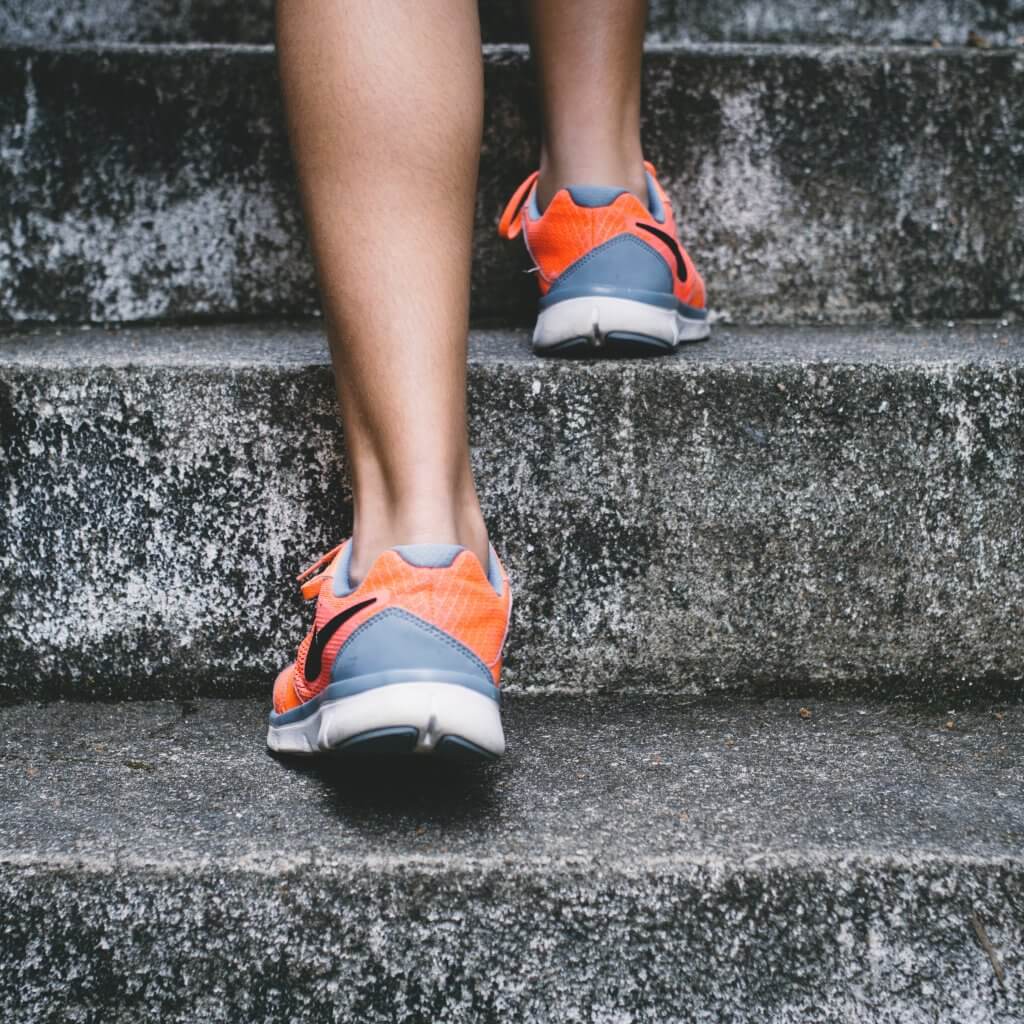
What are Biomechanical Abnormalities?
Muscular imbalances where tight muscles are working against weak muscles (from bad posture, one-sided physical exercise, unhealthy weight gain) or structural issues (like a discrepancy in leg length or change in structure due to injury or illness) are the most common causes of biomechanical abnormalities. When we overuse or incorrectly use a muscle or joint, it puts compensatory stress on other muscles and joints which can lead to biomechanical abnormalities.
A few examples of biomechanical abnormalities are:
- Overpronation, sometimes referred to as “flat feet”, is when the arch of your foot rolls too far inwards or downwards when walking or running, causing your foot to be more flush with the ground than it should with a natural arch
- Excess supination or “under pronation” is the opposite of overpronation. This is when your foot rolls too far outwards when walking
- Hip hiking, hip “hitching” or a lateral pelvic tilt is often associated with a leg length discrepancy or scoliosis, lifting one hip higher than the other
- Other pelvic tilts are most often caused by postural issues and muscle strength imbalances that abnormally tilt the pelvis in one direction. You can have an anterior pelvic tilt (when your pelvis rotates backward), a posterior pelvic tilt (when your pelvis rotates forwards)
- Limited muscle movement due to injuries or illness
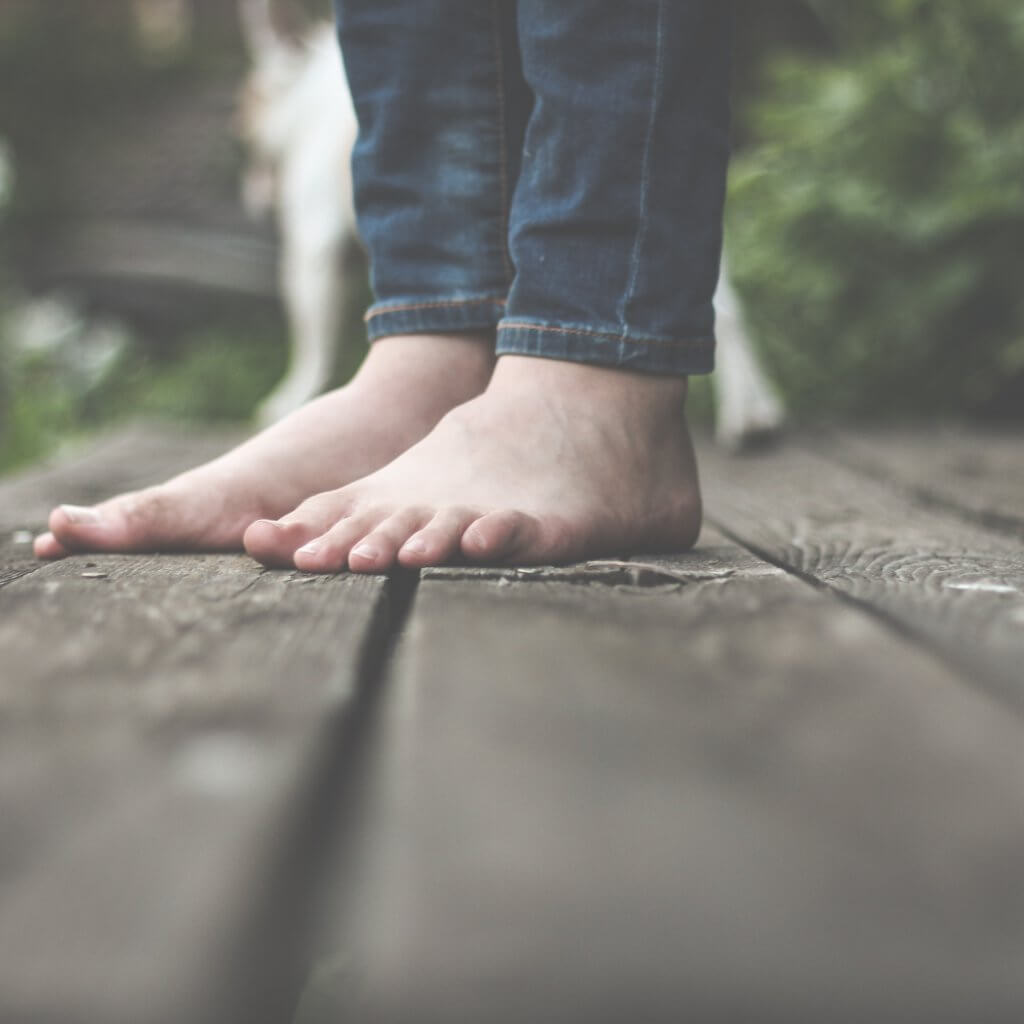
Biomechanical abnormalities or poor gait biomechanics can lead to many common biomechanical injuries such as lower back pain, plantar fasciitis, shin splints, knee pain like patella tendonitis or iliotibial band syndrome, hip pain, or Achilles tendonitis. A biomechanical injury occurs from incorrectly using or overusing a muscle or joint.
How to Correct Your Gait Cycle and Potentially Avoid Biomechanical Injuries
Each person’s gait is highly individual, so the answer to this question will be different for everyone. The first step is to conduct a gait analysis so you have the information you need about your gait cycle. But if you discover abnormalities in your gait, there are several things you can do to help correct the issues.
You can change your footwear. There are many kinds of shoes available for all kinds of biomechanical issues – overpronation, excess supination, and much more. Take the time to find the shoe that is right for you.
You can talk to a podiatrist or physiotherapist about using orthotics. With a simple insert, you may be able to compensate for a variety of biomechanical abnormalities and help prevent back pain, foot pain, heel pain, knee pain and more.
You can try to make changes to your gait through an exercise program. Talk to your fitness coach or physical therapist about cross-training or creating a set of exercises or activities specifically targeting a biomechanical abnormality to improve your gait cycle.
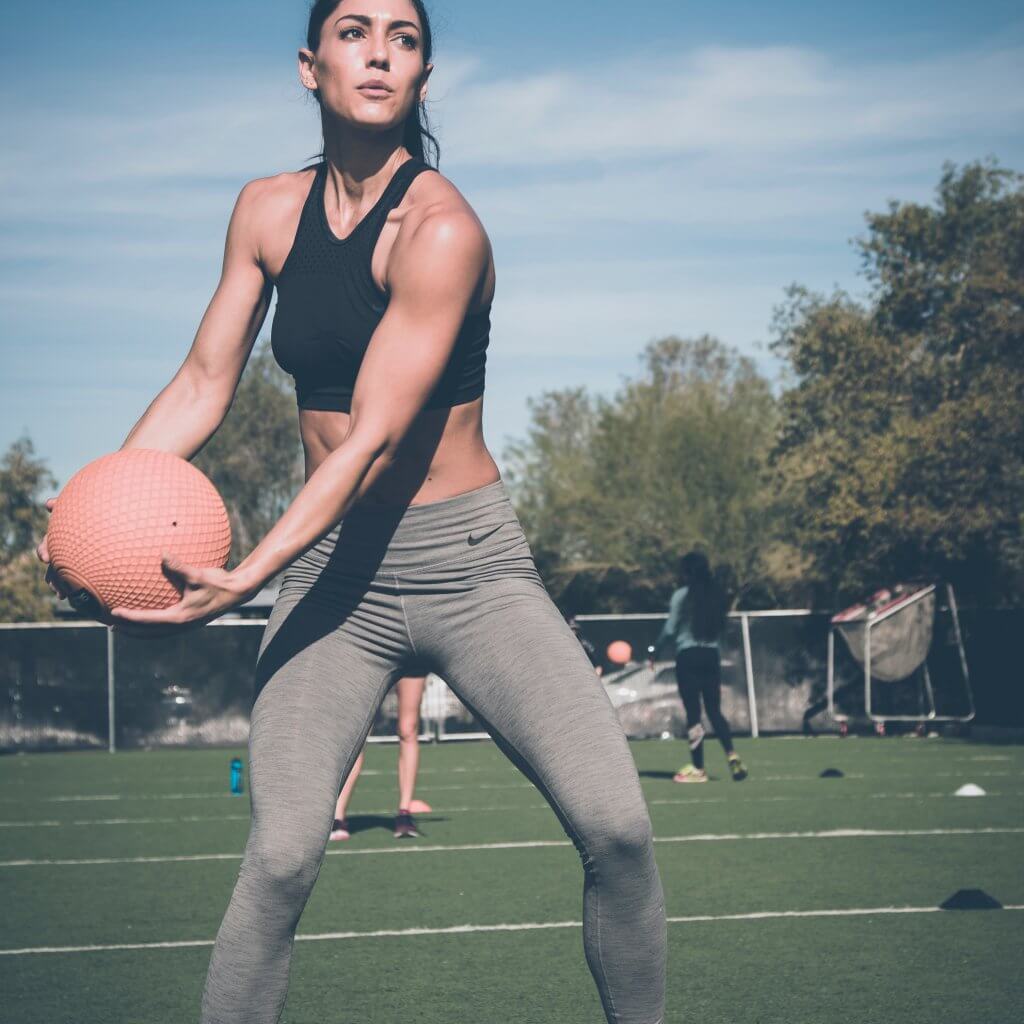
Latest Articles
 Is Running on a Treadmill Easier Than Running Outside?Runners have their own preferences, whether it is treadmill running, running outside on the road, or exploring trails. So...
Is Running on a Treadmill Easier Than Running Outside?Runners have their own preferences, whether it is treadmill running, running outside on the road, or exploring trails. So... Is It OK to Use Trail Running Shoes on the Road?While trail running shoes can be used on roads, especially in situations where a runner encounters mixed terrains or pref...
Is It OK to Use Trail Running Shoes on the Road?While trail running shoes can be used on roads, especially in situations where a runner encounters mixed terrains or pref... How to Fix Sore Quads After Running?Rest, ice, gentle stretching, and over-the-counter pain relievers can help soothe sore quads after running. Also, ensure ...
How to Fix Sore Quads After Running?Rest, ice, gentle stretching, and over-the-counter pain relievers can help soothe sore quads after running. Also, ensure ... 10 Fruits With The Most Electrolytes to Replace Sports DrinksThese fruits are high in electrolytes such as potassium, magnesium, and calcium, essential for hydration, muscle function...
10 Fruits With The Most Electrolytes to Replace Sports DrinksThese fruits are high in electrolytes such as potassium, magnesium, and calcium, essential for hydration, muscle function...

